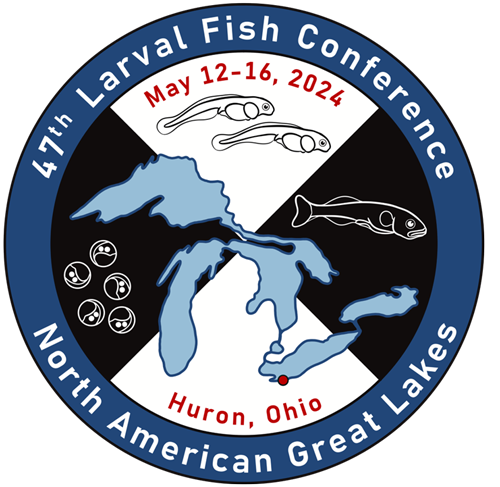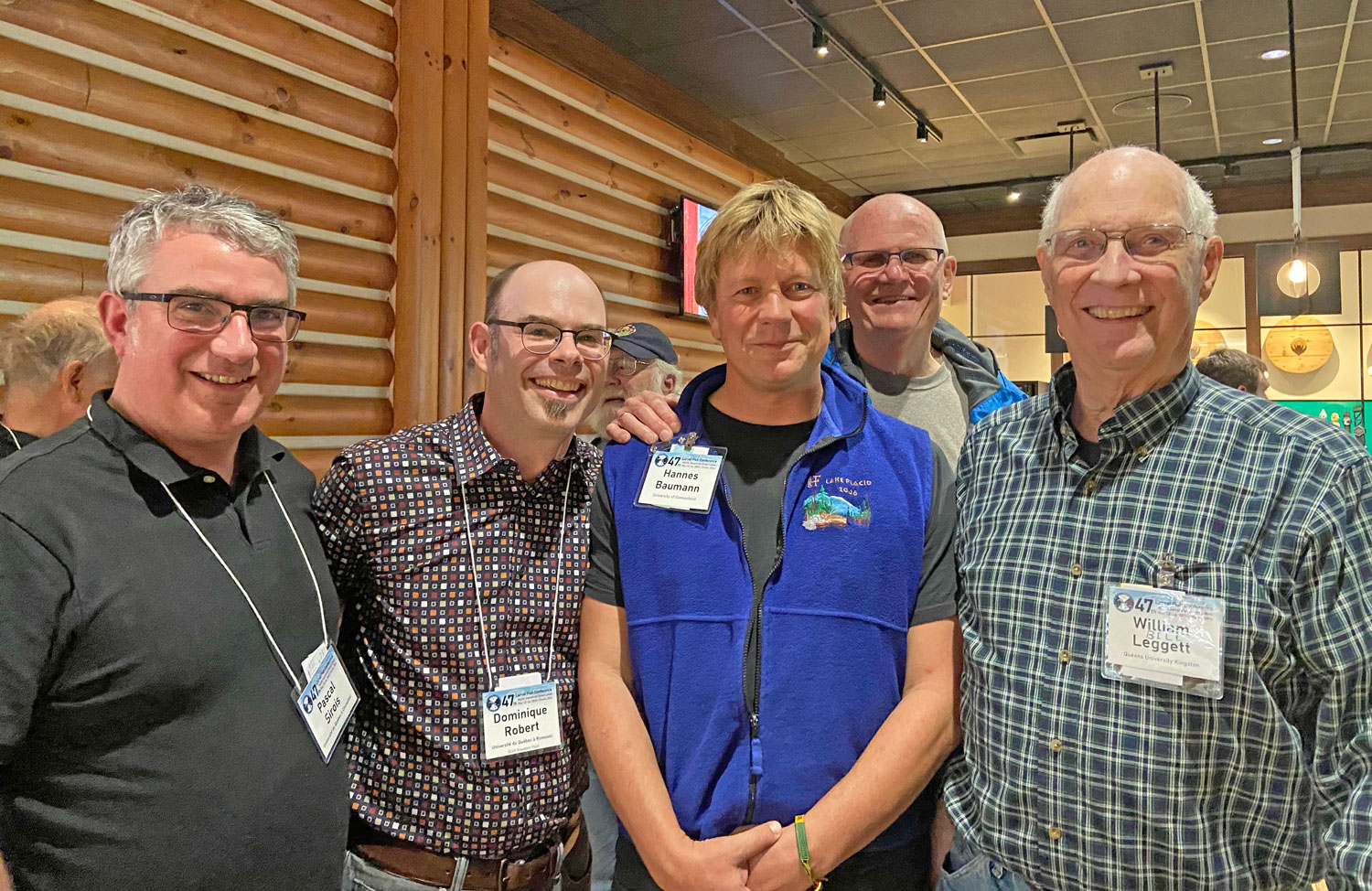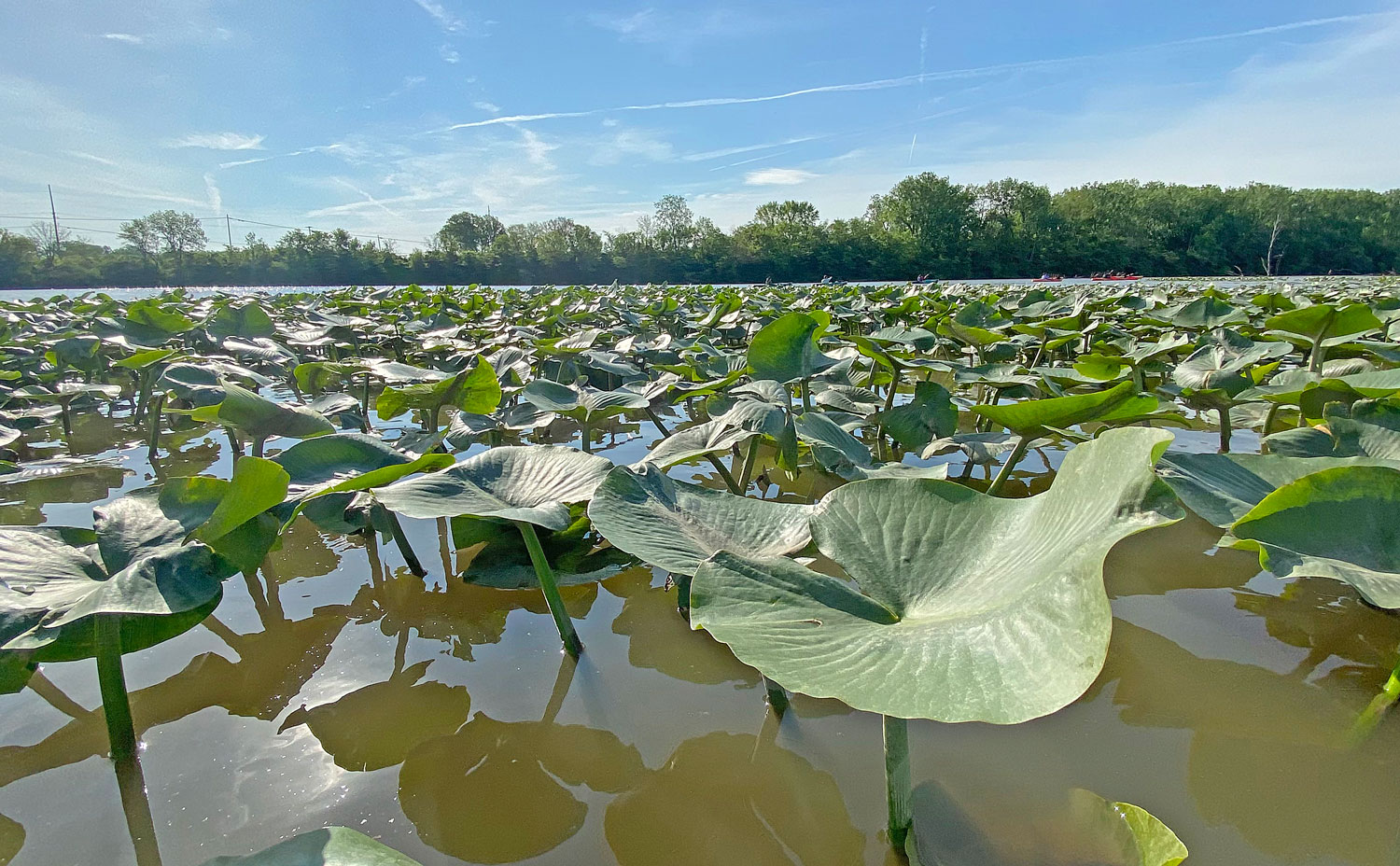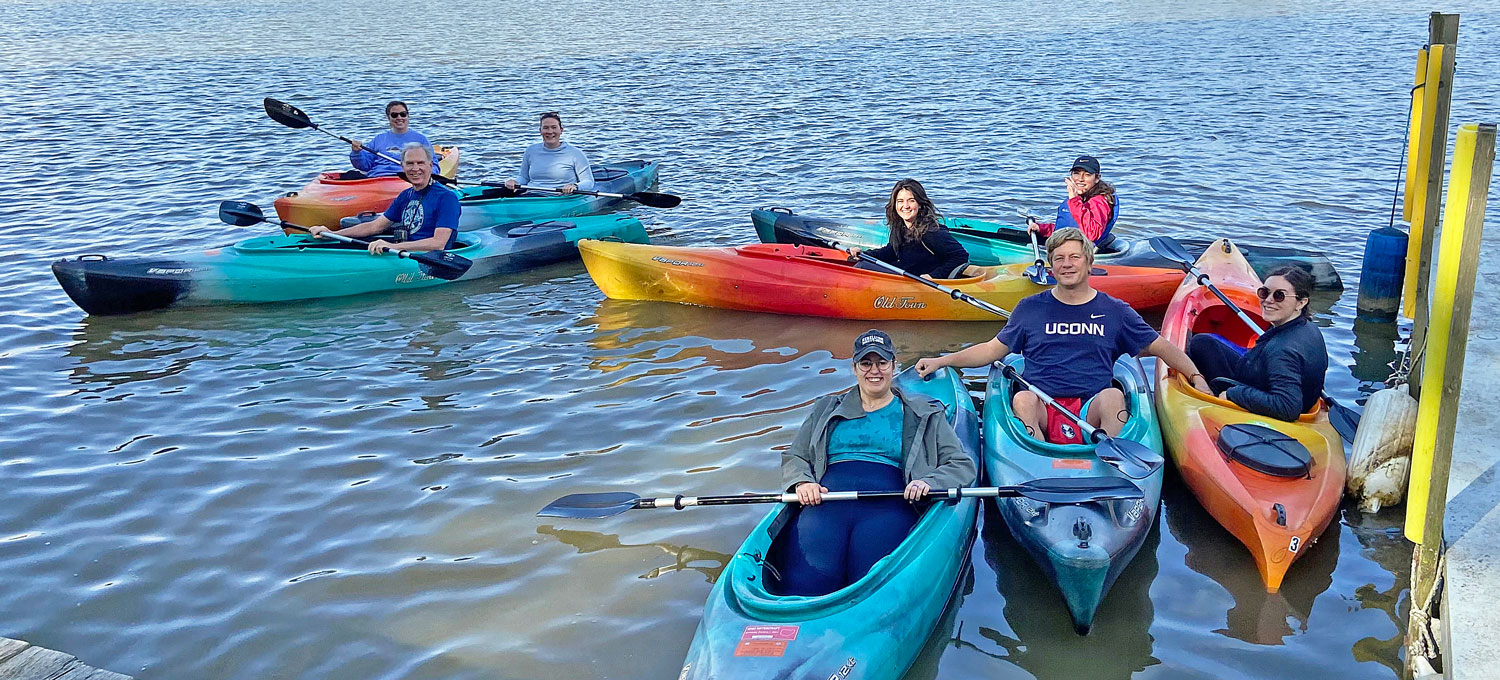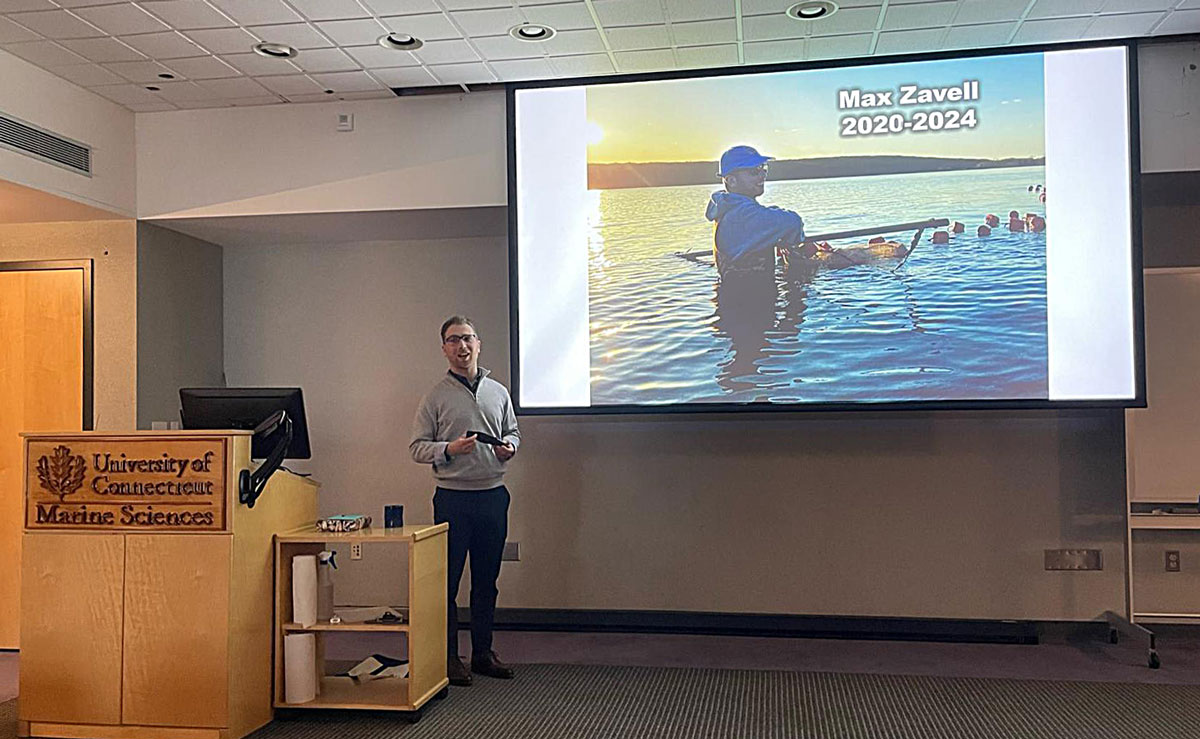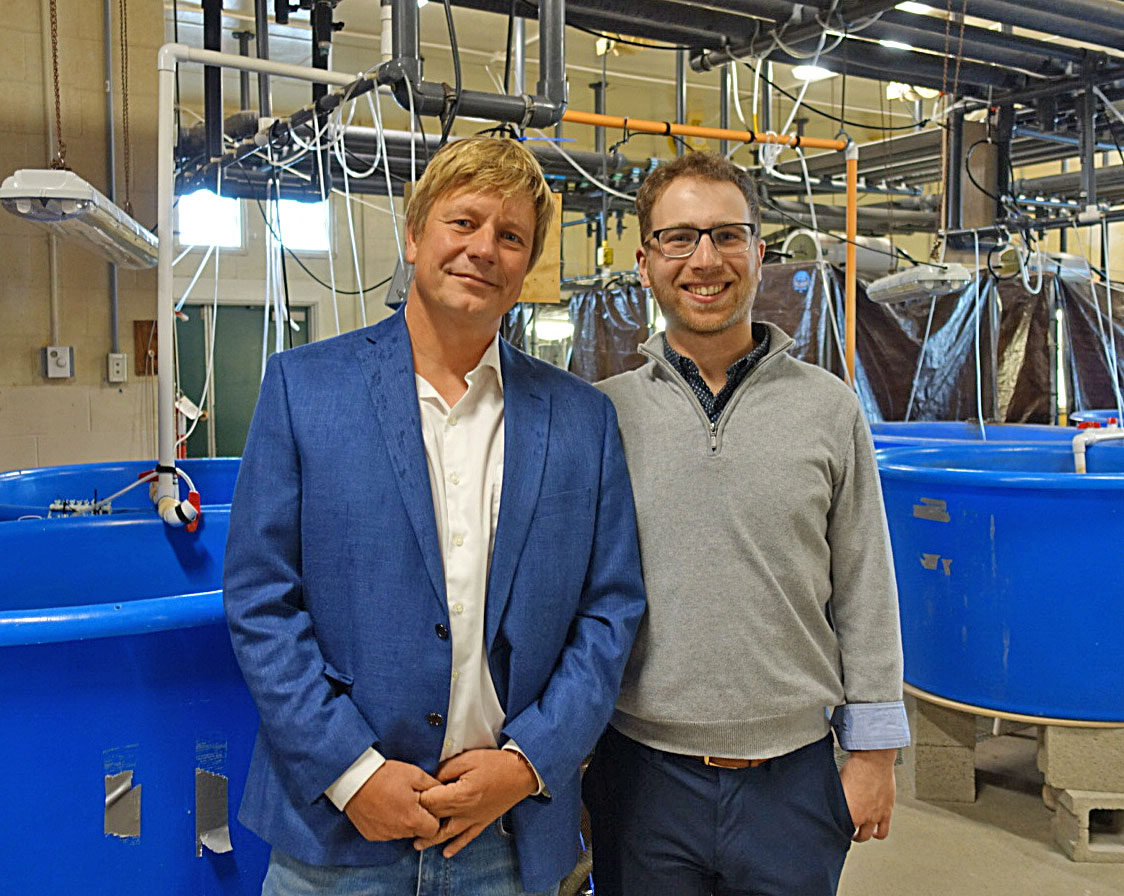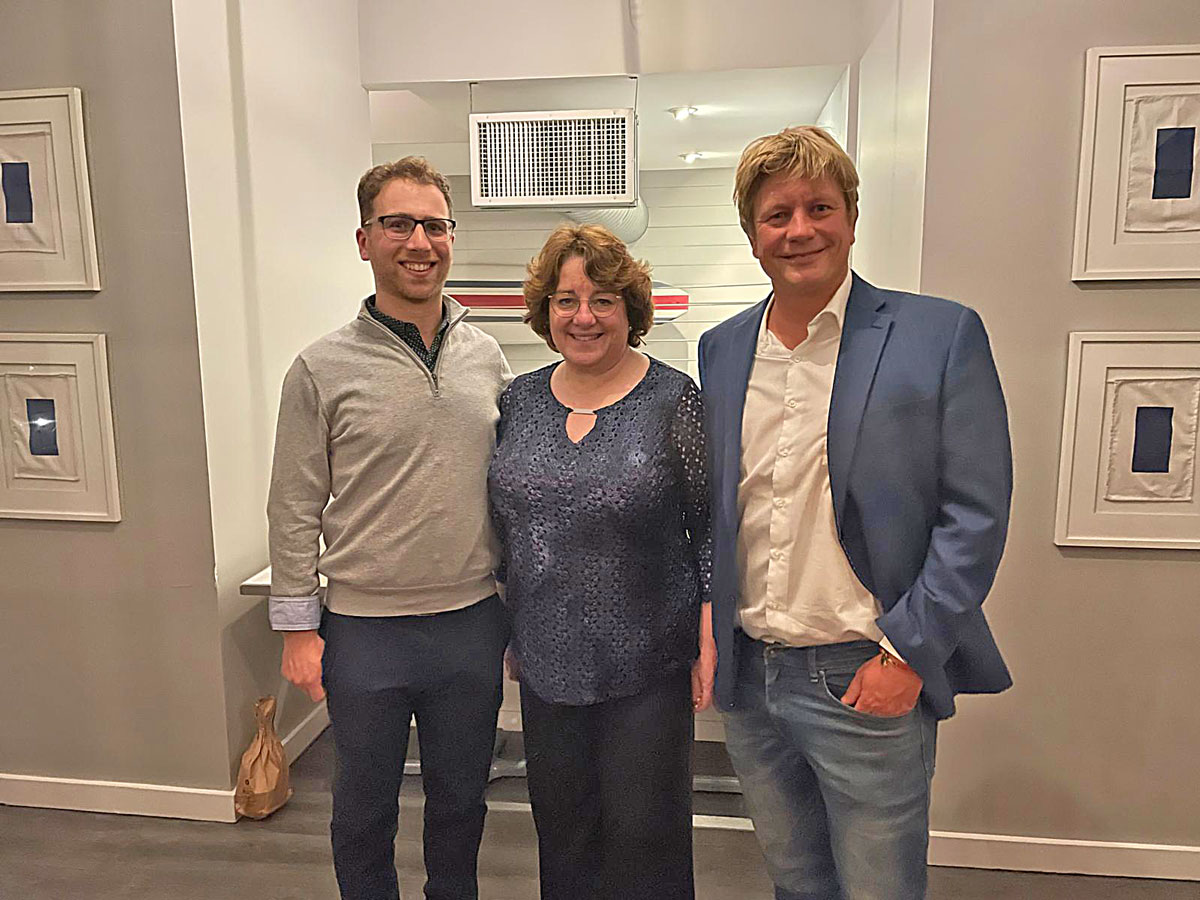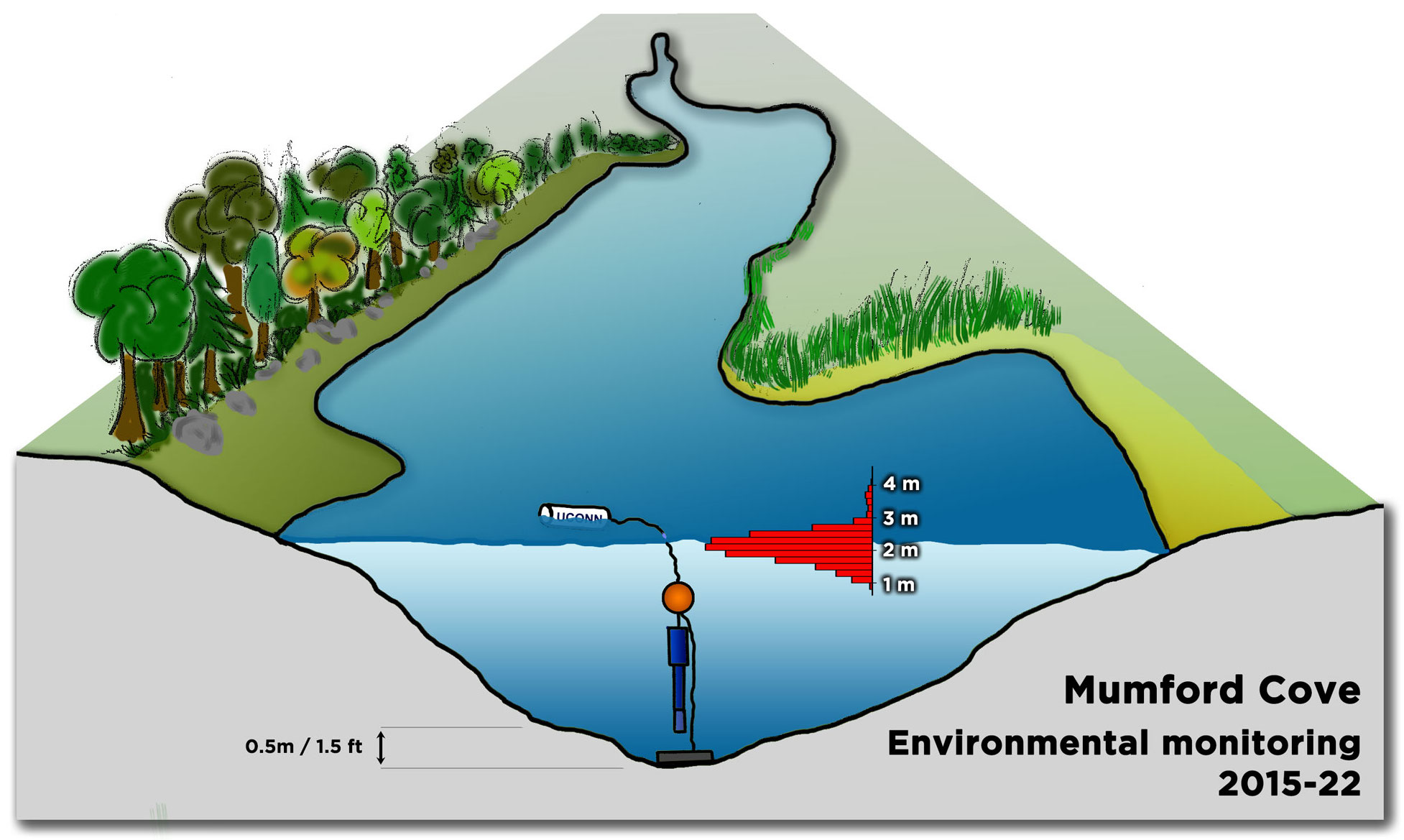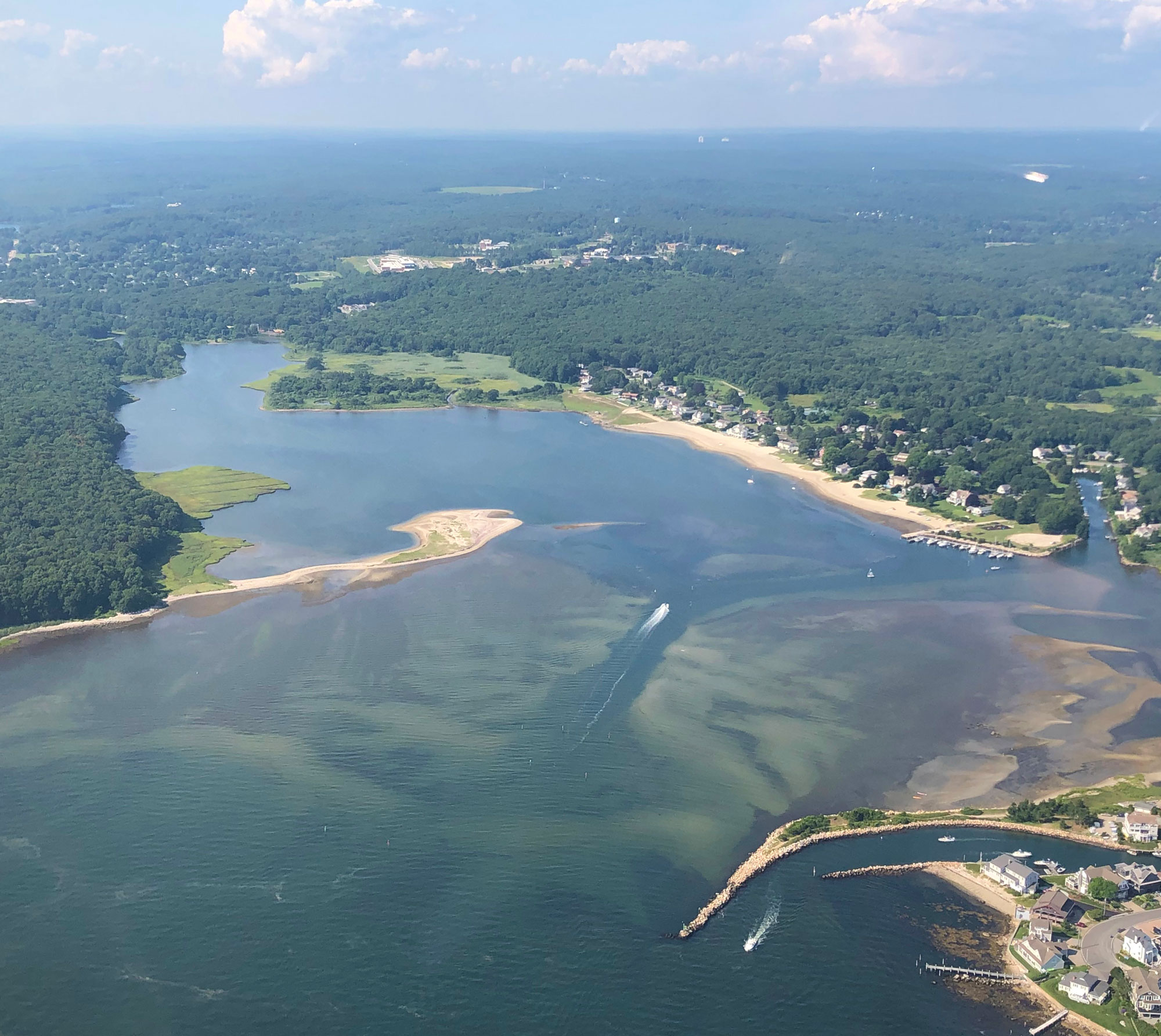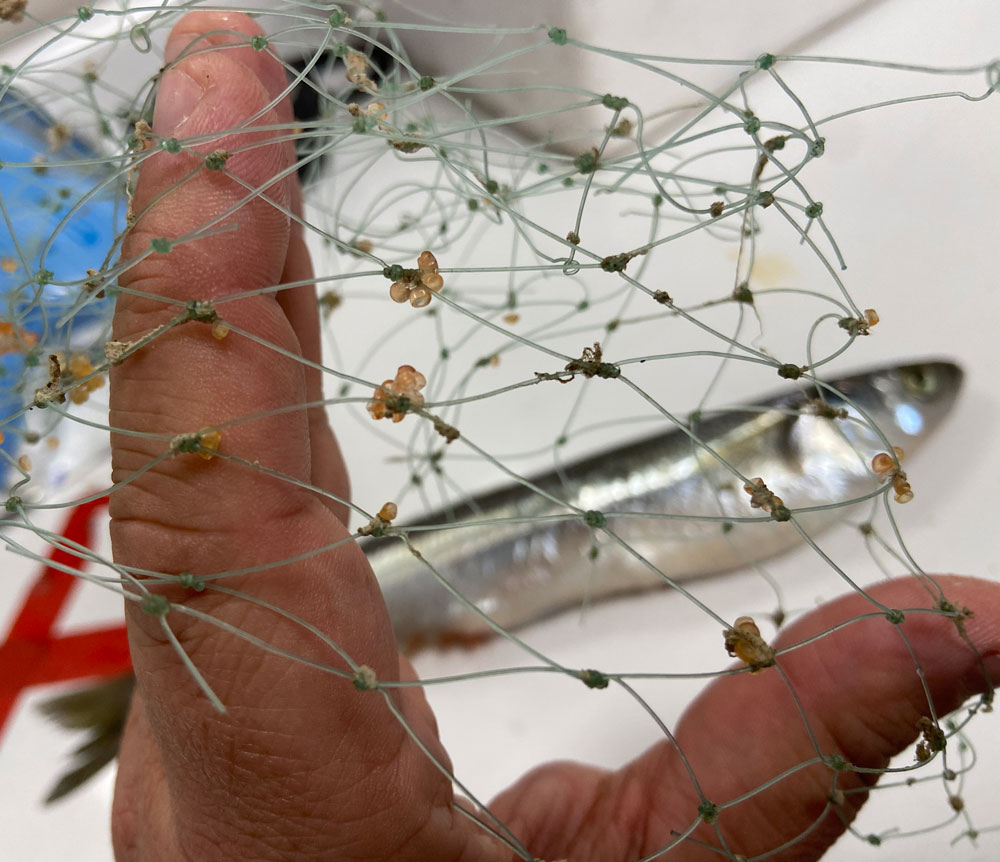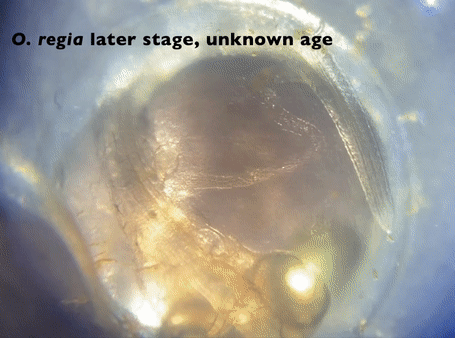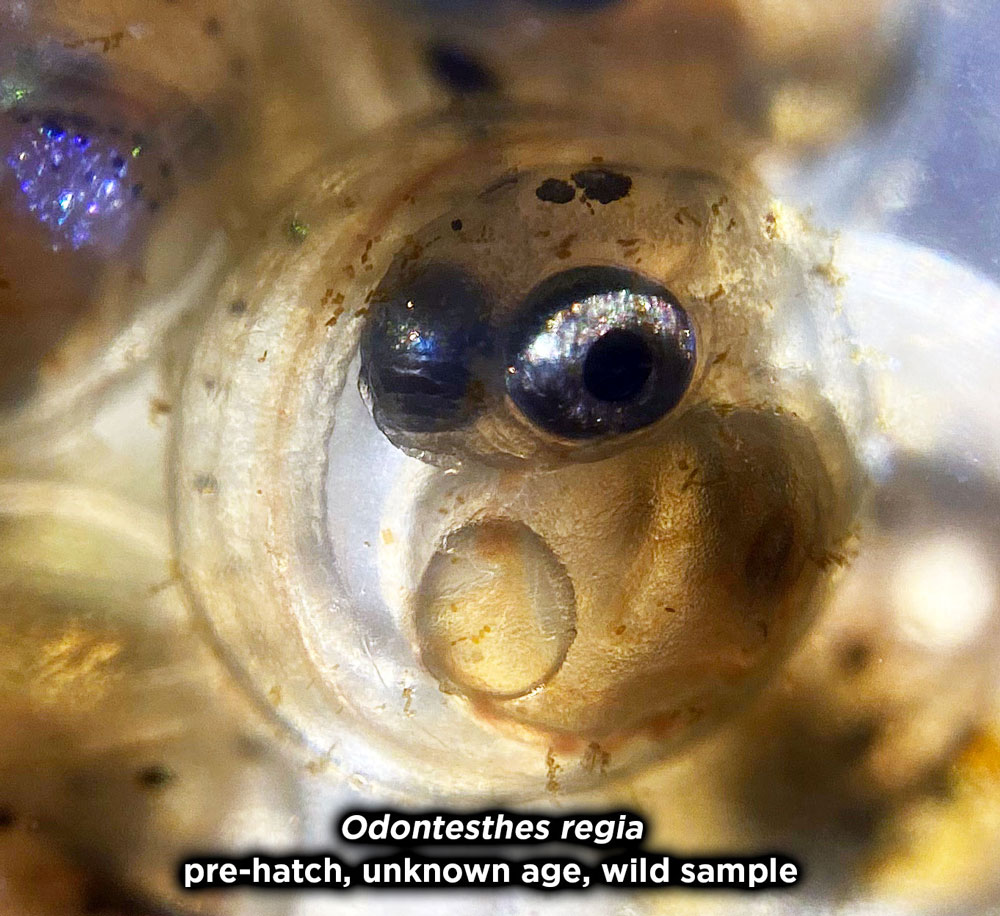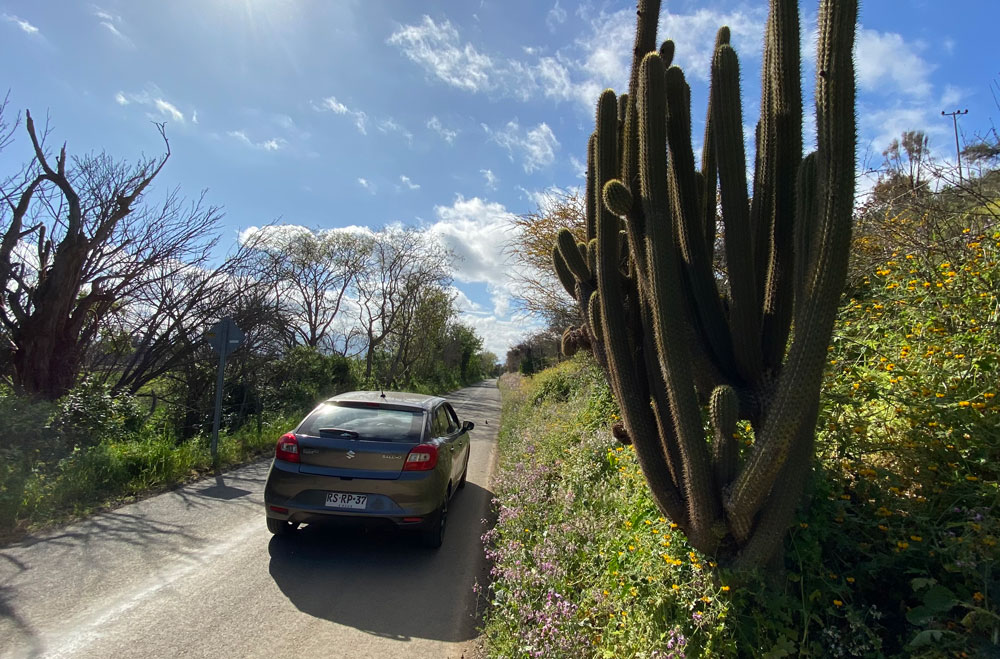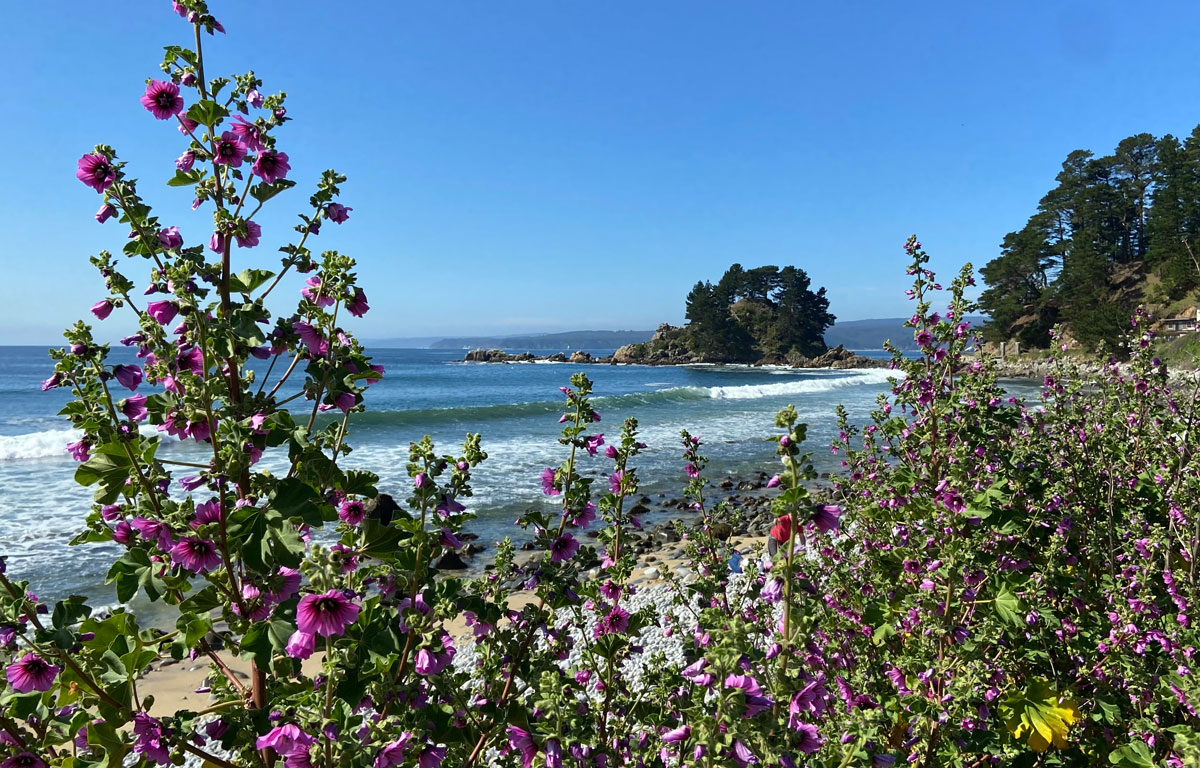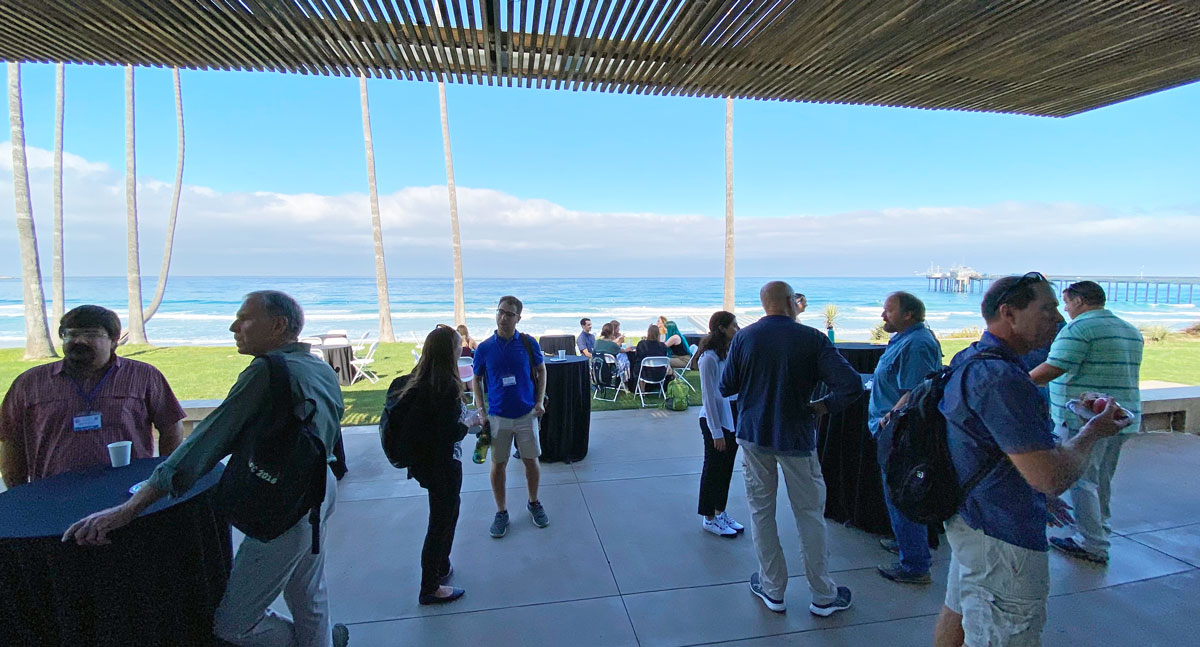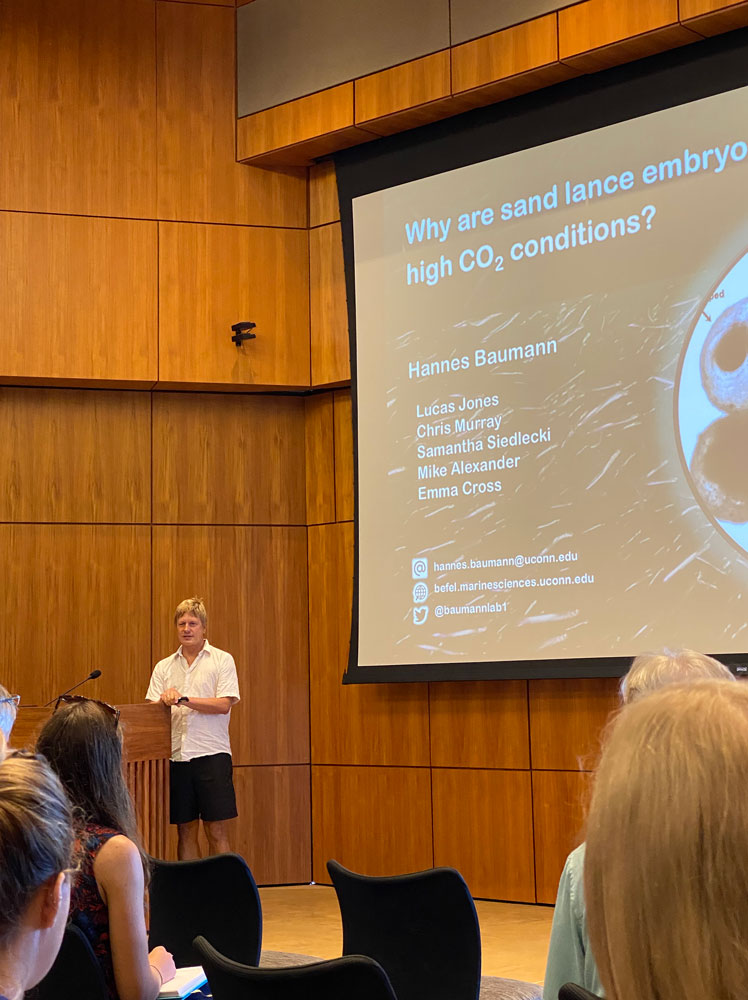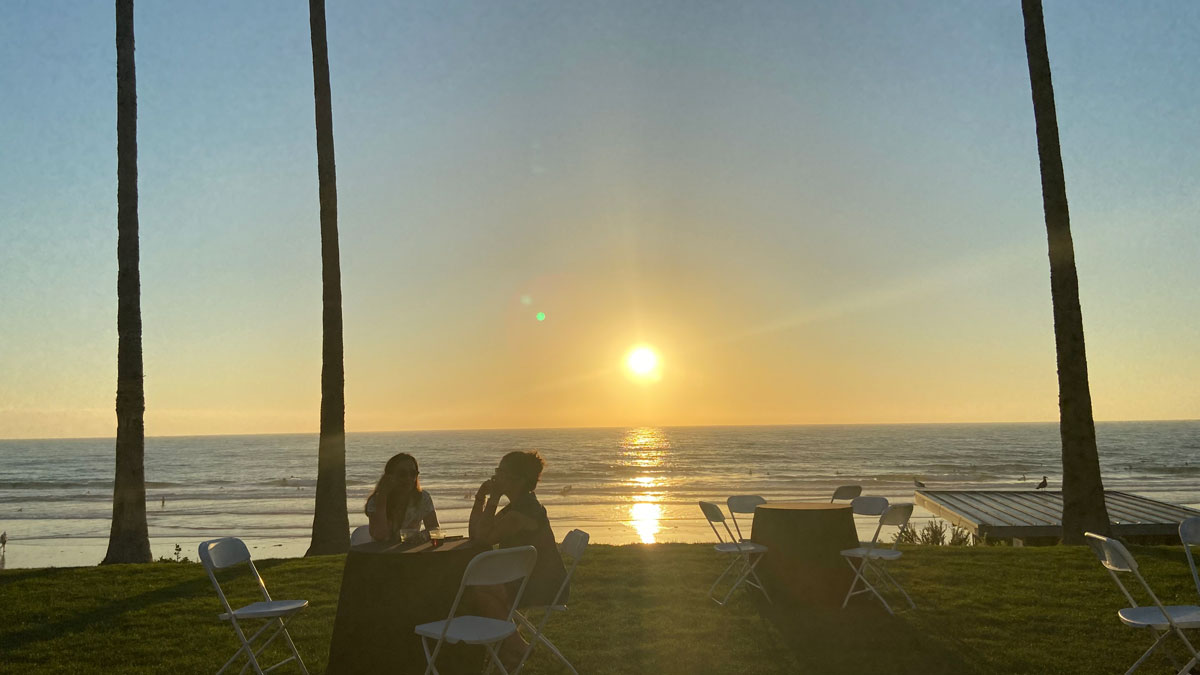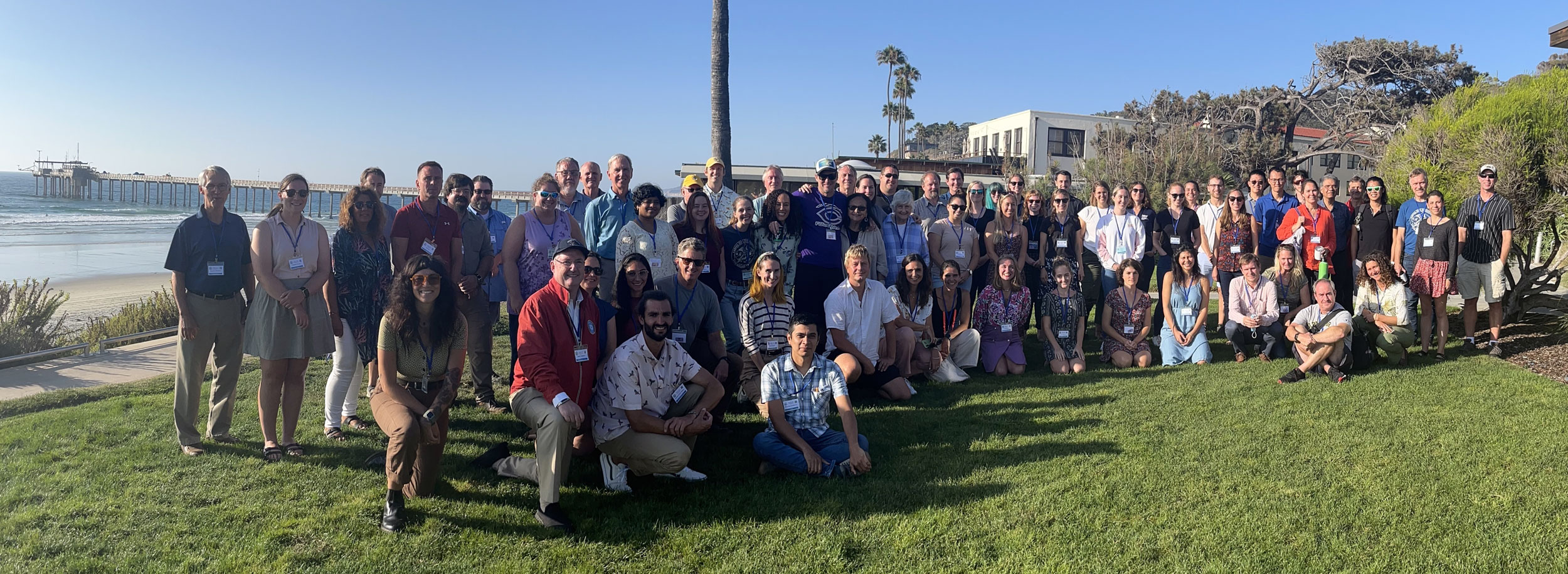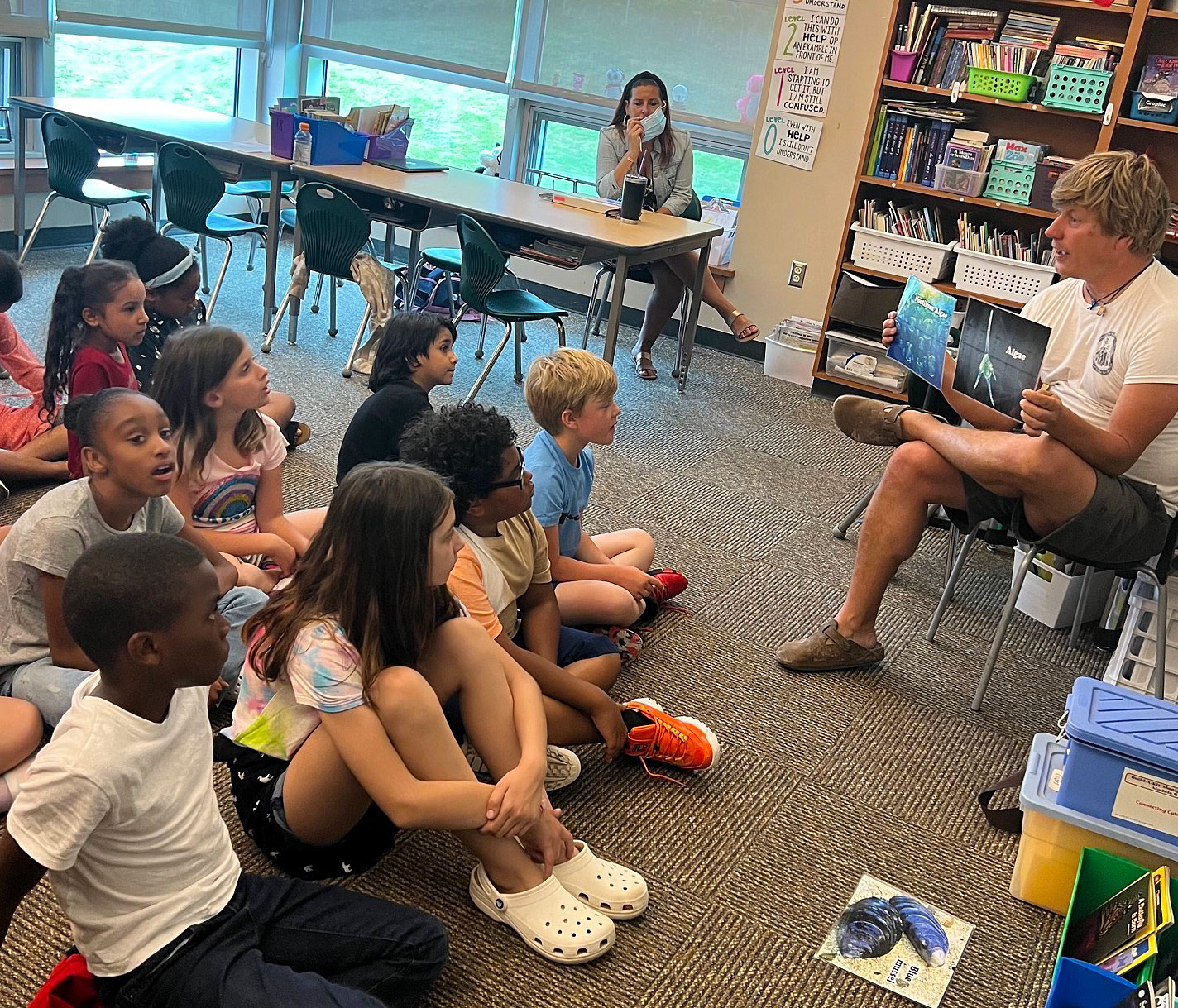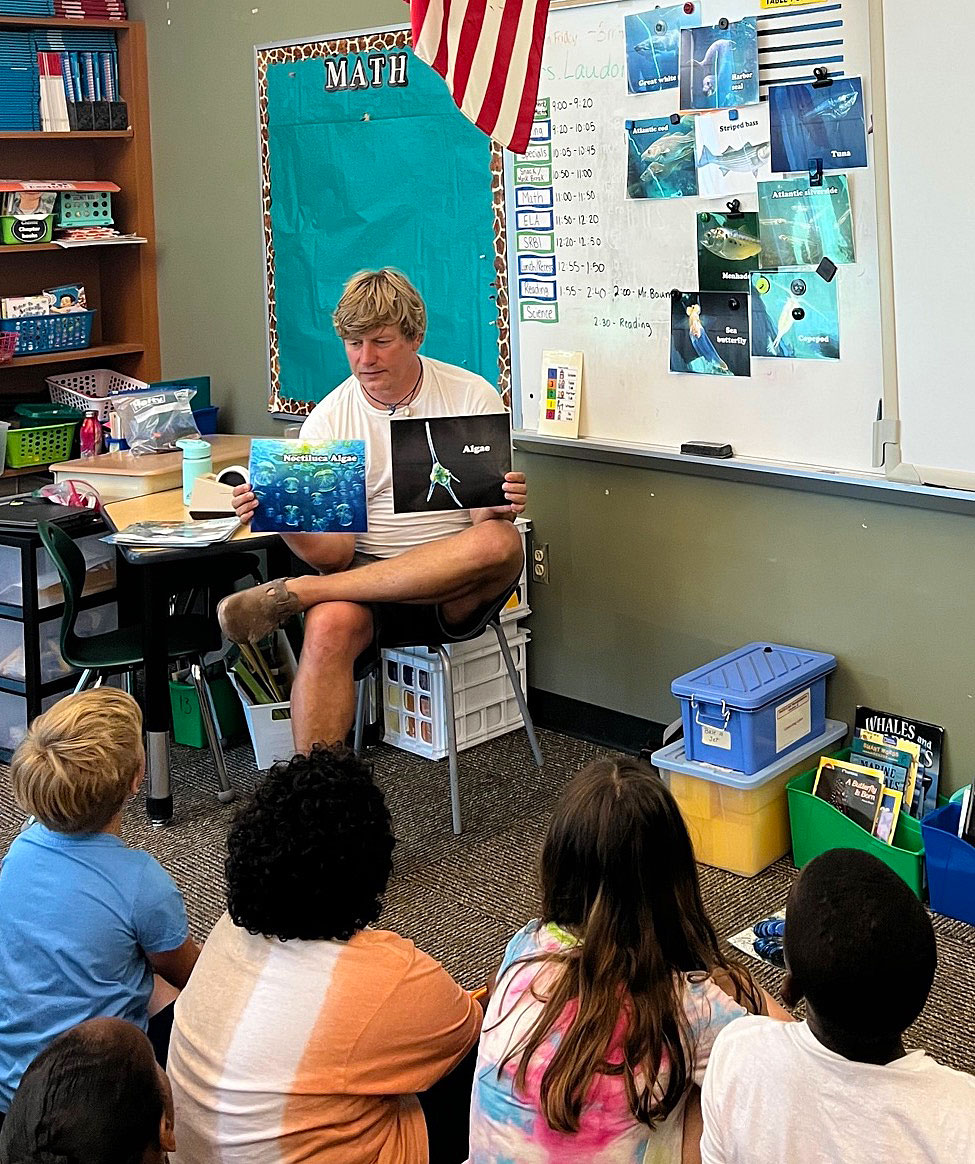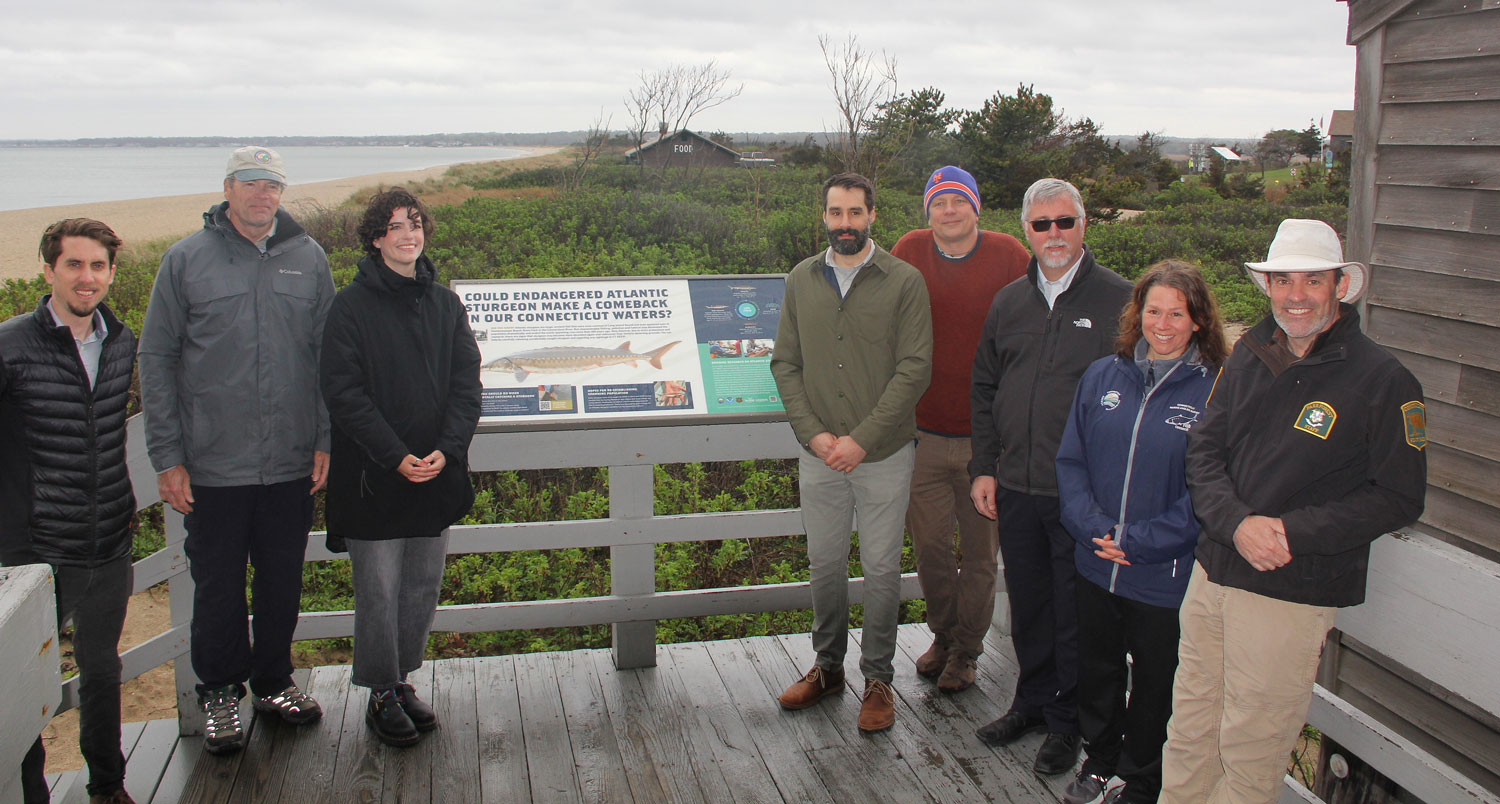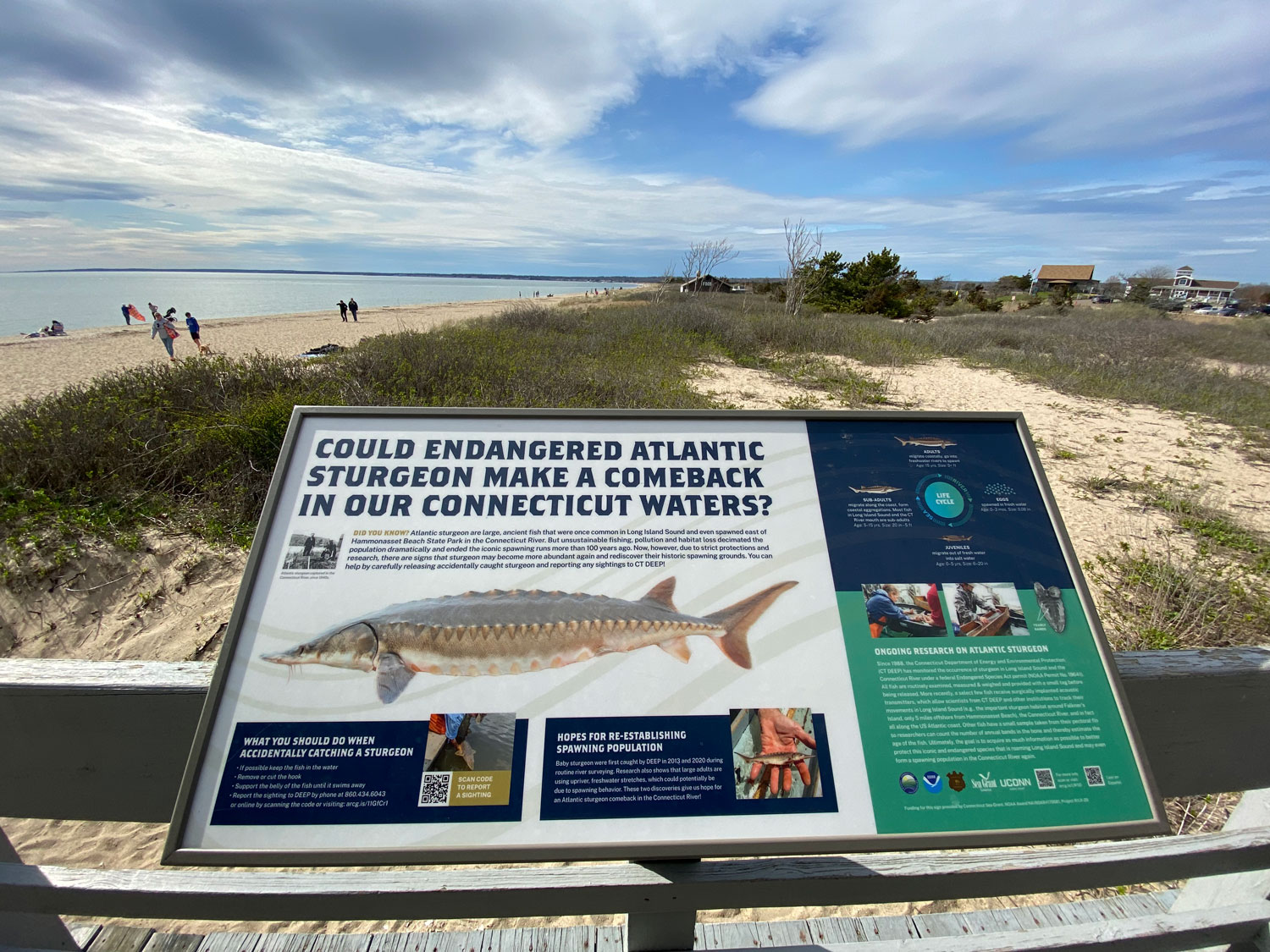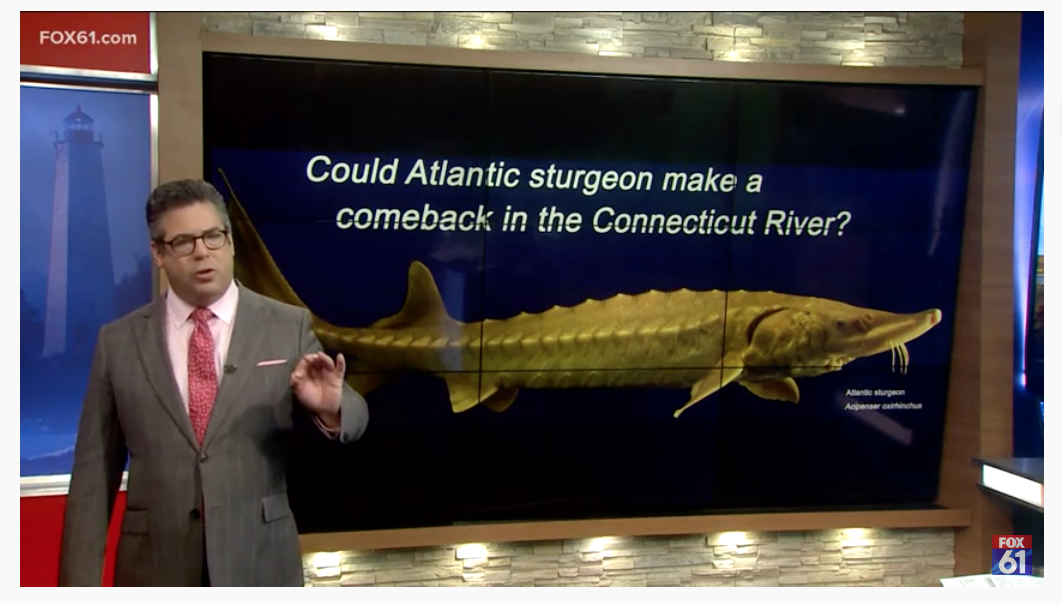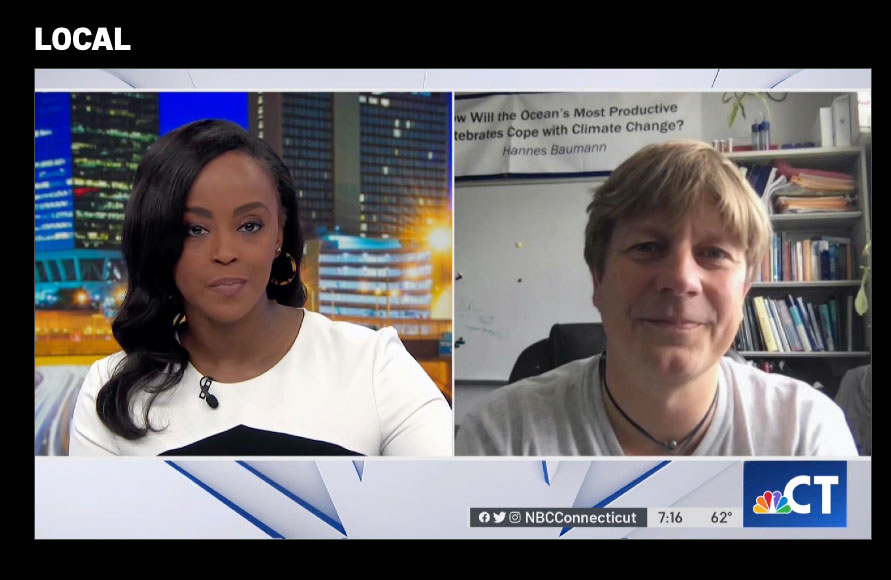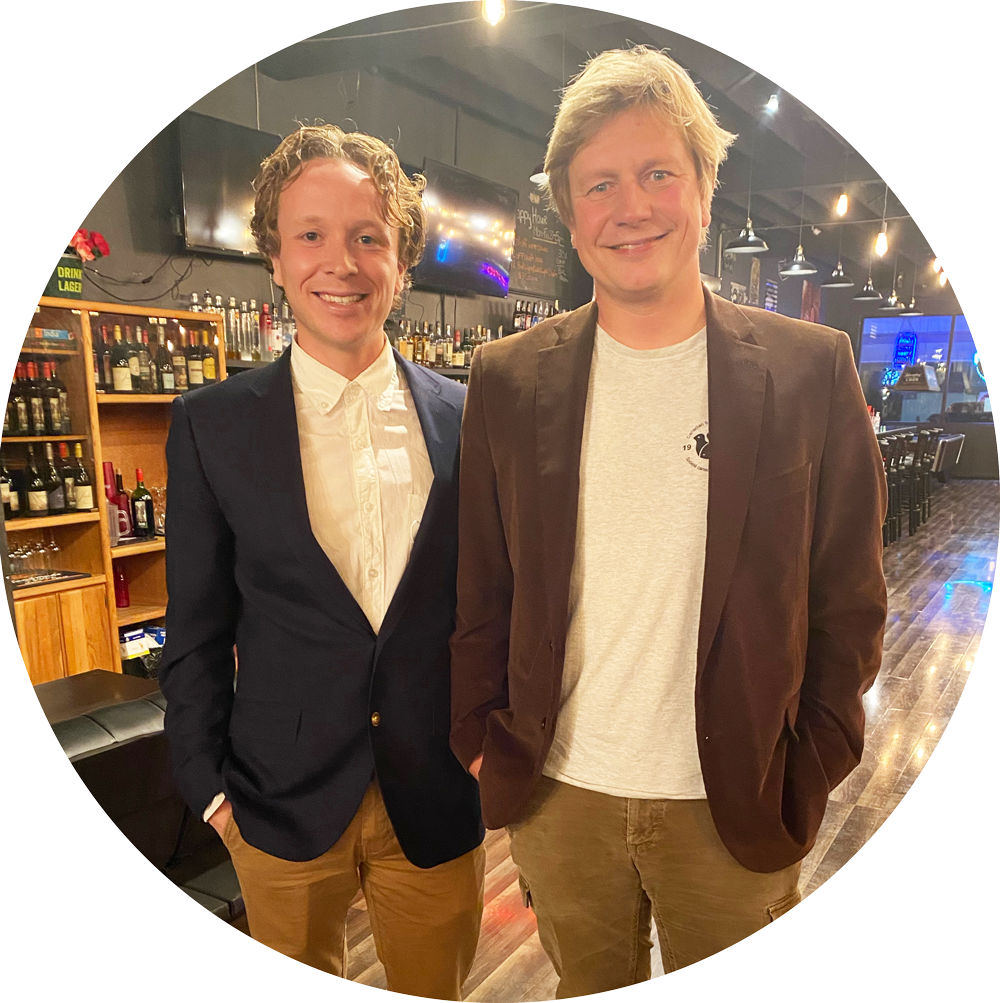17 May 2024. Members of our Evolutionary Fish Ecology Lab had a blast attending this years 47th Larval Fish Conference in Huron, OH. Hannes, Emma, Max and alumnus Chris Murray (now at WHOI), went on a road trip from Connecticut to Lake Eerie to present and learn about all things larval fish. On Tuesday morning, the conference crowd enjoyed excursion or recreation options, all the while catching up with good old colleagues and making new connections and friends. A particular achievement: each of us presented research on a different fish species; while Hannes showed the first data emerging from his sabbatical research on Chilean silversides, Emma talked about baby California grunion development. Max presented a poster and two talks, the first about CO2 effects on the onset of schooling in Atlantic silversides and a second one one Black Sea Bass overwintering dynamics. Last, Chris Murray gave a fascinating first look into gene expression data from our most recent sand lance CO2 experiment. All around, a strong showing of our lab!
Contributions from our lab to the 47th Larval Fish Conference in Huron, OH
- Baumann, H., Gallardo, A., Gallardo, C., and Urbina, M. 2024. First evidence for countergradient growth variation in the Chilean silverside Odontesthes regia. Oral presentation
- Siegried, E. and Johnson, D. 2024. Eyes bigger than your stomach: developmental inaccuracy in larval California grunion. Oral presentation.
- Zavell, M.D., Mouland, M., Barnum, D., Matassa, C., Schultz, E.T., and Baumann, H. 2024. Overwintering dynamics of northern stock Black Sea Bass, Centropristis striata, juveniles. Oral presentation.
- Zavell, M.D., O'del, J., Mouland, M., Webb, J.F., and Baumann, H. 2024. Ontogeny of larval schooling and effects of ocean acidification in Atlantic Silversides (Menidia menidia). Oral presentation.
- Murray, C.S., Jones, L., Siegfried, E., Zavell, M.D., Baumann, Z., Wiley, D., Therkildsen, N., Aluru, N., and Baumann, H. 2024. Examining the effect of ocean acidification on hatching enzyme gene expression in Northern sand lance (Ammodytes dubius). Oral presentation.
